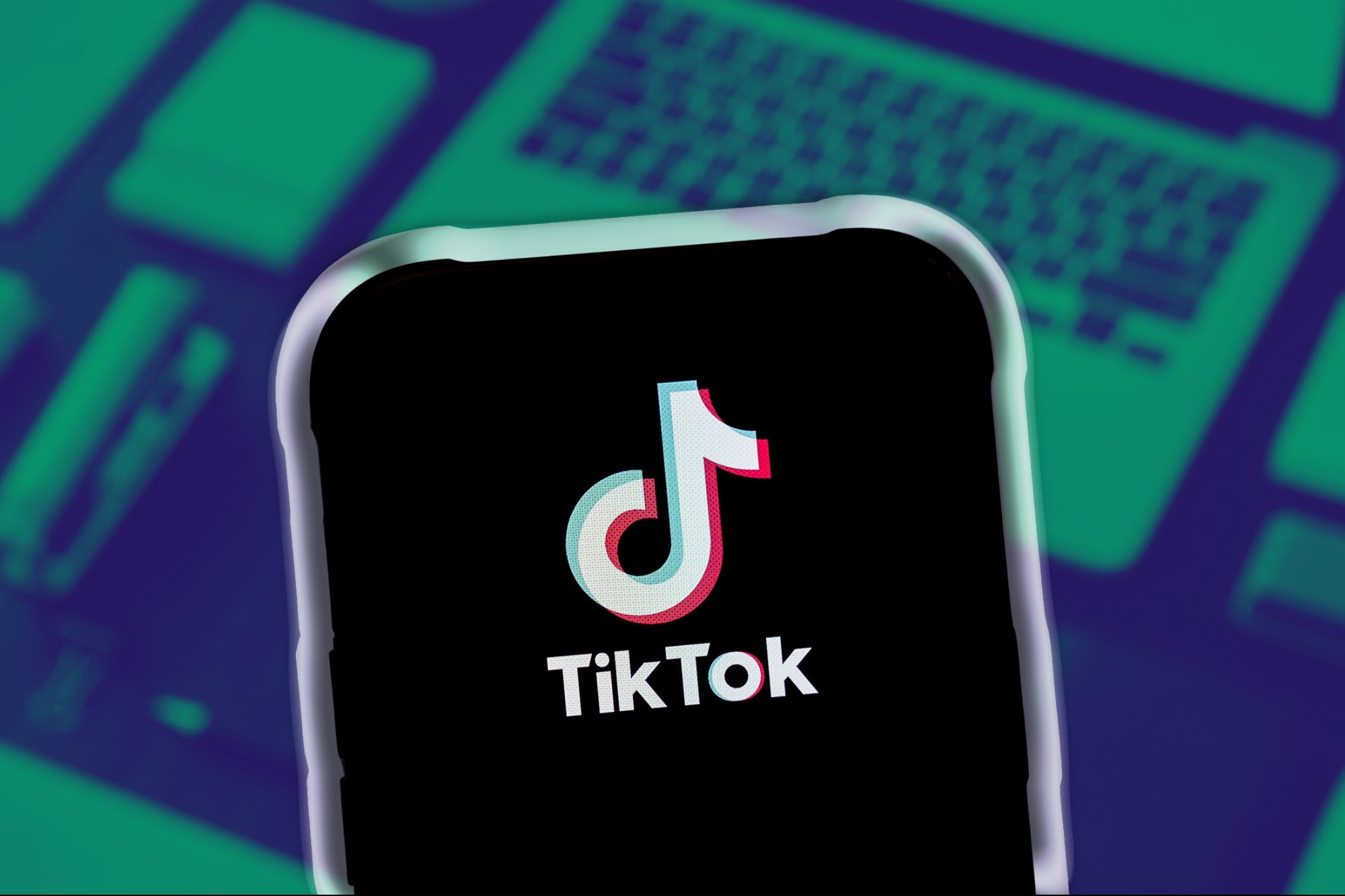Grants: How European Startups Can Raise Funding Via Horizon 2020 The time to act is now.
By Lilia Stoyanov Edited by Jason Fell
Opinions expressed by Entrepreneur contributors are their own.
You're reading Entrepreneur Europe, an international franchise of Entrepreneur Media.

It still strikes me that most entrepreneurs and startup founders in Europe are unaware of the funding opportunities available to them other than venture capital. Across the European Union, there are various programs, grants and government-backed loans for small and medium enterprises (SMEs). What is even more important is the fact that these sources of funding are much cheaper than venture capital.
How is this possible?
Those of you having no finance background may have never heard of pecking order theory. Put simply, the pecking order ranks the sources of funding. As external investors by default posses less information than the managers of the company and its owners, they demand a higher return on their investment.
Here are the sources of external funding ranked in accordance with the pecking order theory:
- Grants
- Low- interest / fixed interest special-purpose loans backed by a government guarantee
- Overdrafts, credit lines and unsecured short -term loans
- Mid- to long-term loans secured by tangible collateral such as mortgage or pledge on tangible assets
- Mezzanine finance
- Equity funding
As most entrepreneurs are familiar with loans, mezzanine finance and equity funding, I will put an emphasis on grants and low-interest / fixed interest government-backed loans.
Grants
Across the European Union, grants can be divided into two big groups: (i) local grants programs managed by government agencies in the EU states and (ii) EU-wide grants programs. About 76 percent of the EU budget is managed in partnership with national and regional authorities through a system of "shared management". Grants are distributed following a public announcement known as "'call for proposals''. There are programs dedicated to small businesses, non-governmental and civil society organisations, young people, researchers, farmers & rural businesses, etc.
As an expert evaluator SME Instrument Horizon 2020, in the past two years, I have been evaluating proposals to Horizon2020 SME Instrument which is proving funding to small and medium businesses across the European Union and other eligible countries. As the name of the program suggests, the funding is available till the end of 2020 so the time to apply is now!
What is Horizon 2020 SME Instrument?
Horizon 2020 is the biggest Research & Innovation Programme of the EU Commission with nearly EUR 80 billion of funding to be distributed over seven years from 2014 to 2020. The program aims to boost the competitiveness of the EU members states and nurture research and innovation. In other words, the SME Instrument provides funding to fast-growing innovative companies that can mirror the success of Silicon Valley in the US. While Europe compares relatively well internationally in terms of numbers of start-ups, too few of these succeed in scaling up and generating the new, high-skilled jobs on which Europe's future depends and which would strengthen Europe's position in the digital economy. The grants through Horizon 2020 SME Instrument provide support with no thematic restrictions to innovative firms and entrepreneurs with the potential to scale up rapidly across Europe and globally.
"'No thematic restrictions'' is what differentiates the SME Instrument from other similar programs across the EU Member states such as Innovate UK for example (although the UK will be leaving the EU shortly). Many grants programs are restricted to specific industries and projects and SMEs and startups have to wait until a program providing funding to the industry they operate in announces "'call for proposals''. To scale up fast, startups need funding when they are ready to scale, not years later.
Who can apply?
The SME Instrument is particularly aimed at people and companies who have ideas that are
radically different from existing products or services on the market or under development (not incremental improvements), are highly risky, and require significant investments to get to
market. It is important to note that the SME Instrument is highly competitive and SMEs and startups need to evaluate their chances for success prior to investing time and resources in applying. Knowing their competition and being able to articulate what differentiates their offering from the competition is the first step to be followed by a concise go-to-market and scale-up strategy.
Another requirement is for the SMEs and startups to be incorporated in EU member states or associated countries. As many entrepreneurs and startup founders are unaware of the fact that the countries their businesses are incorporated into are actually "'associated countries'', it is worth mentioning those associated countries. As of March 2019 when the list was officially updated for the last time, these are Albania, Armenia, Bosnia & Herzegovina, Faroe Islands, Georgia, Iceland, Israel, Moldova, Montenegro, Norway, Serbia, Switzerland, North Macedonia, Tunisia, Turkey, Ukraine.
What is the scope of the SME Instrument?
It is anticipated that about 1000 projects in total will be funded via the SME Instrument by the end of 2020. The total available funding is EUR 2.7 billion distributed to projects across various domains, technologies, industry sectors and scientific disciplines.
There are two phases providing funding to businesses at different stages of the development of their projects. In general, under both phases, the funding provided under the SME Instrument is 70% of the total costs. This means that the applicants have to provide the remaining 30 percent.
PHASE 1 – Feasibility Study
The funding available is a lump sum of EUR 50 000 and the projects are expected to last about 6 months. The funding received under Phase 1 is intended to be used to validate the idea and prove the ability of the business to scale up and achieve a European and/ or global dimension. Activities can include risk assessment, market research, user involvement, analysis of regulatory constraints or standards regimes, intellectual property management, feasibility assessment and similar. The proposal shall not exceed 10 pages and is expected to be based on an initial business plan.
PHASE 2 – From Concept to Market
Project costs from EUR 0.5 million up to EUR 2.5 million can be funded via Phase 2. A higher or lower amount can be requested by the applicant, but it needs to be duly justified. The funding is to be utilized to achieve market readiness and a concise growth strategy is south after. Activities could, for example, include trials, prototyping, validation, user acceptance testing, demonstration and testing in real-world conditions, and market replication. Entrepreneurs are expected to provide a proposal of up to 30 pages based on a strategic business plan. Providing letters of interest from prospective clients and partners or signed agreements is an advantage. SMEs and startups can apply directly for PHASE 2.
What is important to know?
Intellectual property rights and the freedom to operate are part of the evaluation criteria and the applicants are expected to address these points in their proposals. GDPR (General Data Protection Regulation) has been introduced in the EU and applicants are expected to be in compliance with it. Evaluators are looking in particular at the activities that have been planned to achieve compliance with GDPR and any potential risks.
The ability to scale the applicant's business and achieve European and/or global dimension is also to be demonstrated. What are the marketing and dissemination activities? How the applicant's company can acquire market share? What differentiates its offering from the offering of the competitors? What are the competitive advantages? Is the team capable of managing a fast -growing business? These are just part of the points that must be addressed in order to demonstrate the viability of the project receive funding.
What are the proposal submission deadlines?
Although proposals can be submitted year-round, there are submission cut off dates. All proposals submitted between two cut-off dates are evaluated after the second cut off date. For example, proposals submitted between Jan 8th and April 15th will be evaluated after April 15th.
Phase 1
The cut off dates are 12 February 2020, 06 May 2020, 2 September 2020, 4 November 2020.
Phase 2
Here, the remaining cut-off dates are 18 March 2020, 19 May 2020, 7 October 2020.
Both phases are highly competitive but those proposals that have successfully gone through the evaluation phase receive a Seal of Excellence if no funding is granted. Put simply, the Seal of Excellence is used to prove to investors and local government agencies in the member states and the associated countries that the project meets the evaluation criteria and funding has not been granted due to the very competitive nature of the program and a large number of proposals. Often, the Seal of Excellence can be used as an independent third-party valuation of the company while negotiating equity funding with angel investors or venture capital funds.
Low interest / fixed interest government-backed loans.
In many member states, there are low-interest or fixed interest government-backed loans that are available to SMEs and startups. As these loans are secured by a government guarantee, the entrepreneurs are not required to provide tangible collateral such as a mortgage. Back in 2016, Transformify received a fixed interest loan via Startup Loans UK and Virgin Startup backed by a government guarantee. Start-Up Loans are generally government-funded and therefore would class as State Aid although this may not always be the case. The repayment period is usually from one to five years. Unlike most banks, Startup Loans UK provides loans even to companies at an idea stage that still have no product and generate no revenues. The application process is smooth and usually, the entrepreneurs receive funding in three weeks if all criteria are met. There are 12 months of free mentoring that are included in the package and startups can ask for a mentor who complements the team providing much-needed expertise across areas like finance, marketing, business development or strategy.
Equity funding is often the most expensive funding available to entrepreneurs that comes with a loss of control and dilution. Funding options such as government grants, EU programs and government-backed loans are not to be neglected.













